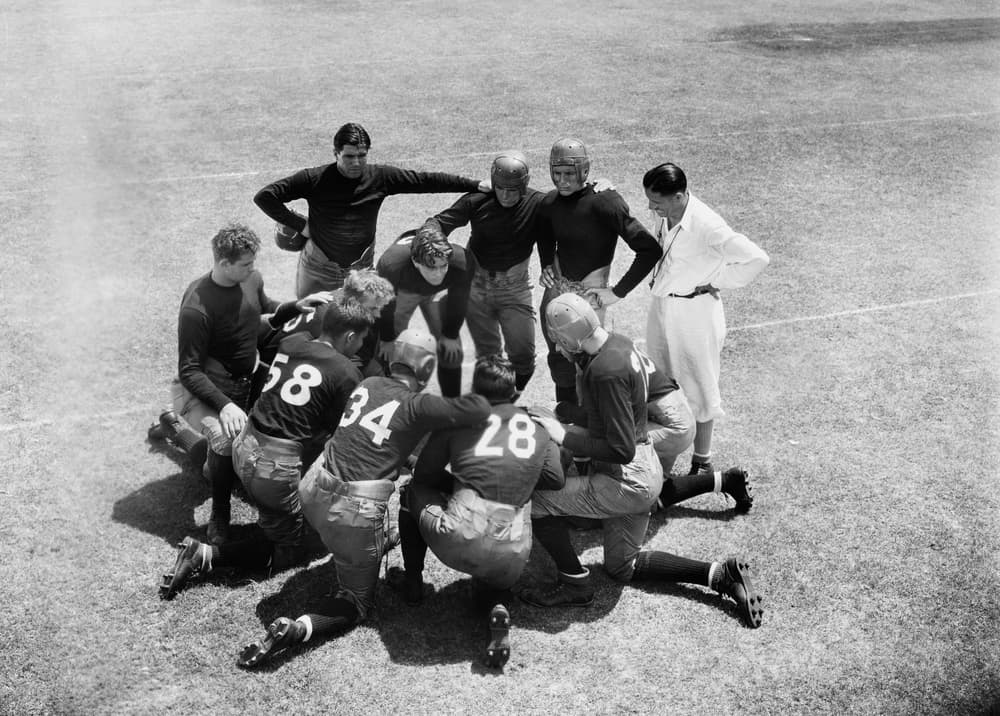
The First Report of Injury form is usually given the number 1 in most states, whether it is known as the WC-1, DWC-1, or other nomenclature. The reason the form is given numeral 1 is that normally it is the first form for both the WCC and the claims office. The information and data used by both the WCC and the claims office in setting up their files is taken from the First Report of Injury. Little errors on the First Report of Injury are copied and can create havoc.
Click Link to Access Free PDF Download
“How Do I Get My Adjusters To Follow My Account Handling Instructions?”
Ensure Important Details are Correct
-
Name Spelled Correctly
The spelling of the employee’s name should be checked. If the last name is misspelled by the employer’s representative completing the First Report of Injury, the WCC will copy it verbatim. When the WCC receives medical information or other state forms which they are unable to match to an existing claim, the WCC will inquire as to why the claim has not been reported, as they could not find the work comp claim in their database.
-
Correct Social Security Number
An employer should never submit a First Report of Injury without the correct social security number (SS#). Too often, when the SS# is not readily available, the employer’s representative will use a fake SS# such as 123-45-6789 or 000-00-0000 or 999-99-9999. This may get the First Report of Injury off the desk of the employer’s representative, but it creates issues for the employer, the WCC and the claims office. For the employer, it can mess up your loss run accuracy. The WCC will need to call the employer and/or the claims office for the correct SS#. The claims office can submit the Insurance Services Office (ISO) inquiry with the fake SS#, but the likelihood of identifying previous insurance claims by the injured employee is greatly reduced when the SS# is not accurate.
-
Correct Date of Injury
When the date of injury is incorrect, problems occur. In most workers’ compensation claims, the date of injury is also the date of the first medical treatment. Most claim management computer systems are programmed to kick out medical bills that occur before the date of injury. For example, an incorrect date of injury of 3/3/19 is entered on the First Report of Injury while the correct date of injury is 3/2/19. The medical bills from 3/2/19 will get denied because, to the computer system, they occurred before the date of injury. This results in phone calls from the medical provider(s) and the claims office trying to determine the correct date of injury.
-
Proper Wage Information
When the wage information on the First Report of Injury is incorrect, it will create problems, especially if the employee is represented by an attorney. Too often, the employer’s representative will take the easy way out rather than contacting the payroll department for the correct wage information. When the employer’s representative completes the First Report of Injury reflecting the employee works 5 days a week, 8 hours per day, at the standard hourly rate for the work the employee normally does, without verifying with the payroll department, problems arise. For example, on a 40 hour week with a position that pays $15.00 per hour, $600.00 is entered as the weekly wage. But in reality, work has been slow; the employee has been absent a lot and has only averaged 32 hours per week. In this situation, the employee’s attorney often will request a hearing trying to compel the payment of disability benefits based on the higher payroll information entered on the First Report of Injury. This will force the claims adjuster to spent time and legal fees proving the correct earnings information.
-
Proper Type of Injury & Body Part Affected
The importance of properly entering the type of injury and the body part affected on the First Report of Injury cannot be overstated. One of the first things an attorney for the employee will do is check the First Report of Injury for the type of injury and the body part. If this information is missing, your represented employee’s injuries will expand dramatically. Neck and back injuries that you did not know the employee had on the date of injury will suddenly appear. The employee’s pre-existing medical problems will be severely aggravated. The additional medical treatment and extended time off work can be very costly when the type of injury and body part is not completed properly.
Double Check First Report of Injury Prior to Submission
Any incorrect or incomplete information on the First Report of Injury can result in problems. A lot of the problems created by wrong information can be corrected with a few phone calls or the resubmission of the First Report of Injury with the correct information. However, this is a waste of time for all the parties involved. Plus, when the First Report of Injury is inaccurate or incomplete, it can often be exploited by the employee’s attorney. To make the job easier for everyone related to the workers’ compensation claim, be sure your representative who completes the First Report of Injury checks it twice to be sure it is totally accurate.

Author Rebecca Shafer, JD, President of Amaxx Risk Solutions, Inc. is a national expert in the field of workers compensation. She is a writer, speaker, and publisher. Her expertise is working with employers to reduce workers compensation costs, and her clients include airlines, healthcare, printing/publishing, pharmaceuticals, retail, hospitality, and manufacturing. She is the co-author of the #1 selling book on cost containment, Workers Compensation Management Program: Reduce Costs 20% to 50%. Contact:.
Contact: RShafer@ReduceYourWorkersComp.com.
Workers’ Comp Roundup Blog: https://blog.reduceyourworkerscomp.com/
©2019 Amaxx LLC. All rights reserved under International Copyright Law.
Do not use this information without independent verification. All state laws vary. You should consult with your insurance broker, attorney, or qualified professional.















